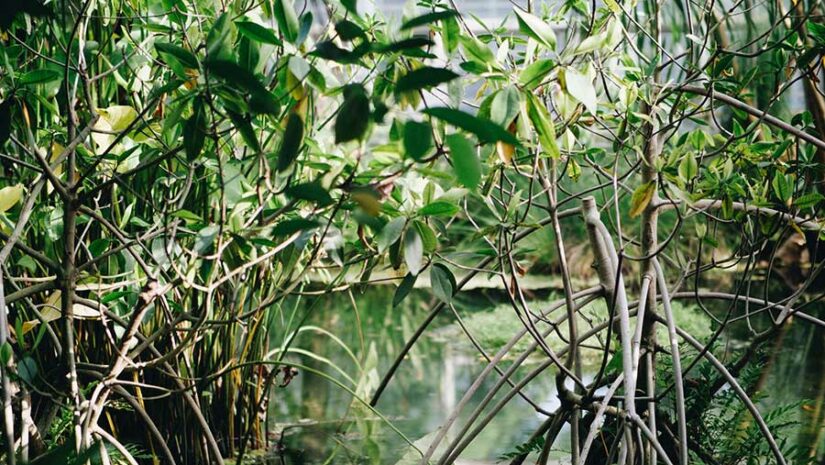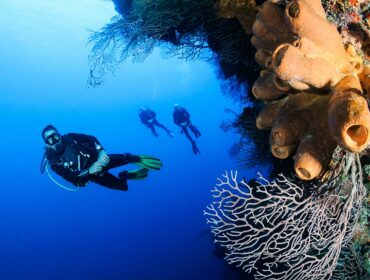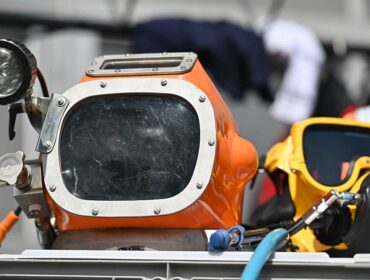As much as I love scuba diving, sometimes you get tired of seeing the same coral reef seascapes and marine life everywhere you dive. Sometimes you just need a change in scenery. A friend of mine who is an avid Scuba diver recommended I try mangrove diving for my next dive trip and promised me it would be a whole new experience. And it surely was.
Mangrove diving takes you to a new enchanting world of Scuba Diving and also comes with a new unique set of challenges.
Shallow Water:
Mangroves are found at the mouths of rivers/estuaries where the water is usually pretty shallow. Thus begins the debate of whether to snorkel or scuba dive. Scuba Diving in a shallow mangrove will give you hours of bottom time and allow you to explore this unique environment better. Make sure that you dive when the tide is at its highest so that you get the best visibility and depth.
Sediment & Poor Visibility:
One of the greatest challenges of mangrove diving is the poor visibility caused by the silt deposits of the river. Divers must be careful not to kick up this fine sediment while navigating the mangroves otherwise your in for a nasty surprise. The water can cloud up really quickly, minimal and careful fin strokes are the need of the hour. Often the clearest visibility is achieved during the run-up to high tide where the incoming water brings clearer water. Always check with your local dive shops for the sites where the water is the clearest, as some mangroves offer splendid visibility and others awful.
Maze of Roots:
One of the greatest feature of mangrove diving is the stunning entanglement of tree roots underwater that require careful concentration on the part of the diver to navigate across. These underwater forests are almost akin to cave/cavern diving where you must navigate the best path and be careful not to snag any of your scuba diving equipment on the roots. Care should be taken while diving amongst mangrove forests to keep to the open areas and not get caught up in the denser parts.
Light
The other aspect of mangrove diving that I absolutely adore is the streaming or filtered light that you receive while underwater. Makes you feel like you are diving in an enchanted underwater world. I recommend carrying a small dive light with you in case the water gets a little too murky or dark, you can at least locate your buddy.
Abundance of Marine Life
Apart from the fascinating mangrove roots, the most captivating part of diving in a mangrove forest is the abundance of marine life that you find only in such an area. Mangroves are the ideal marine nurseries for juvenile fish such as snapper, barracuda and grunts. The roots of the trees provide ample protection to the fry and plenty of food in the form of insects and tiny creatures. If you are lucky enough to find a mangrove near a reef, you will find stunning corral inhabiting the mangroves such as sea fans and soft coral that normally grows on walls or at depths, but thrives in the filtered light of the mangrove. Mangroves are also home to some rather unique fish, such as the archer fish, several species of turtle, and crustaceans like the crab and lobster.
Crocodiles
It is important to mention that mangroves are a favorite habitat for saltwater crocodiles which have to be avoided at all costs. There have been quite a few incidents where divers have been attacked by mangrove crocs, and hence it is important to steer clear of areas where a crocodile might live. Apart from the danger of crocodiles, snakes are also numerous in mangroves swamps, so once again remain vigilant and steer clear of any of these wild animals. I recommend taking along a local guide who is familiar with the area and can serve as a look out/ handler should you come across any of the areas ‘undesirables’.





